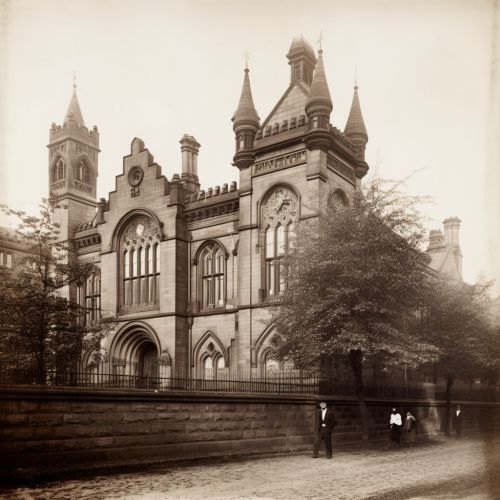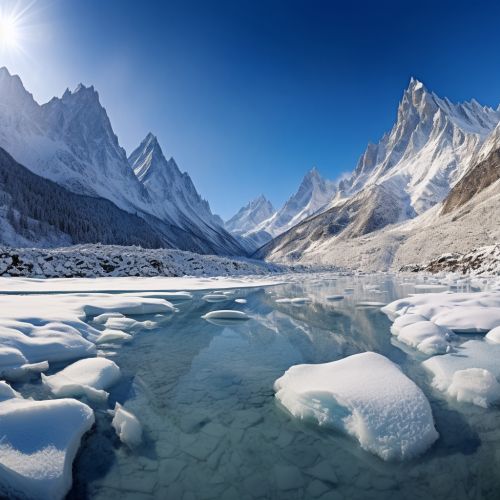James David Forbes
Early Life and Education
James David Forbes was born on April 20, 1809, in Edinburgh, Scotland. He was the fourth son of Sir William Forbes, 7th Baronet, and his wife, Williamina Belsches Stuart. His early education was at the Edinburgh Academy, a prestigious private school in the city. He then attended the University of Edinburgh, where he studied natural philosophy and graduated in 1825.


Career
After graduation, Forbes began his career as a lecturer in natural philosophy at the University of Edinburgh. In 1833, he was appointed to the chair of natural philosophy, a position he held for the next 33 years. During his tenure, he made significant contributions to the fields of physics, geology, and glaciology.
Forbes' work in physics focused on heat and polarization of heat. He invented the heat measuring device known as the sephirometer and made significant contributions to the understanding of radiant heat. His studies on the polarization of heat led to the discovery of the phenomenon known as Forbes's bands.
In the field of geology, Forbes conducted extensive research on the geology of the Alps. His observations on the structure and formation of the Alps were published in his book "Travels through the Alps of Savoy and Other Parts of the Pennine Chain". This work is considered a classic in the field of alpine research.
Forbes is perhaps best known for his work in glaciology. He was one of the first scientists to study glaciers systematically and to propose a theory of glacier motion. His observations and experiments on the Mer de Glace in the French Alps led to the development of the theory of viscous flow in glaciers, which is still widely accepted today.


Awards and Honours
Throughout his career, Forbes received numerous awards and honours for his contributions to science. He was elected a Fellow of the Royal Society in 1832 and served as its Secretary from 1856 to 1859. He was also a member of the Royal Society of Edinburgh and served as its President from 1859 to 1868. In 1859, he was awarded the Copley Medal by the Royal Society for his research on the polarization of heat and his investigations on glaciers.
Later Life and Legacy
Forbes retired from the University of Edinburgh in 1860 and moved to Clifton, near Bristol. He continued his scientific research and writing until his death on December 31, 1868.
Forbes' contributions to the fields of physics, geology, and glaciology have had a lasting impact. His work on heat and the polarization of heat laid the groundwork for later developments in thermodynamics. His research on the Alps and glaciers has been fundamental to our understanding of these natural phenomena.
See Also
References
(No references available for this article)
